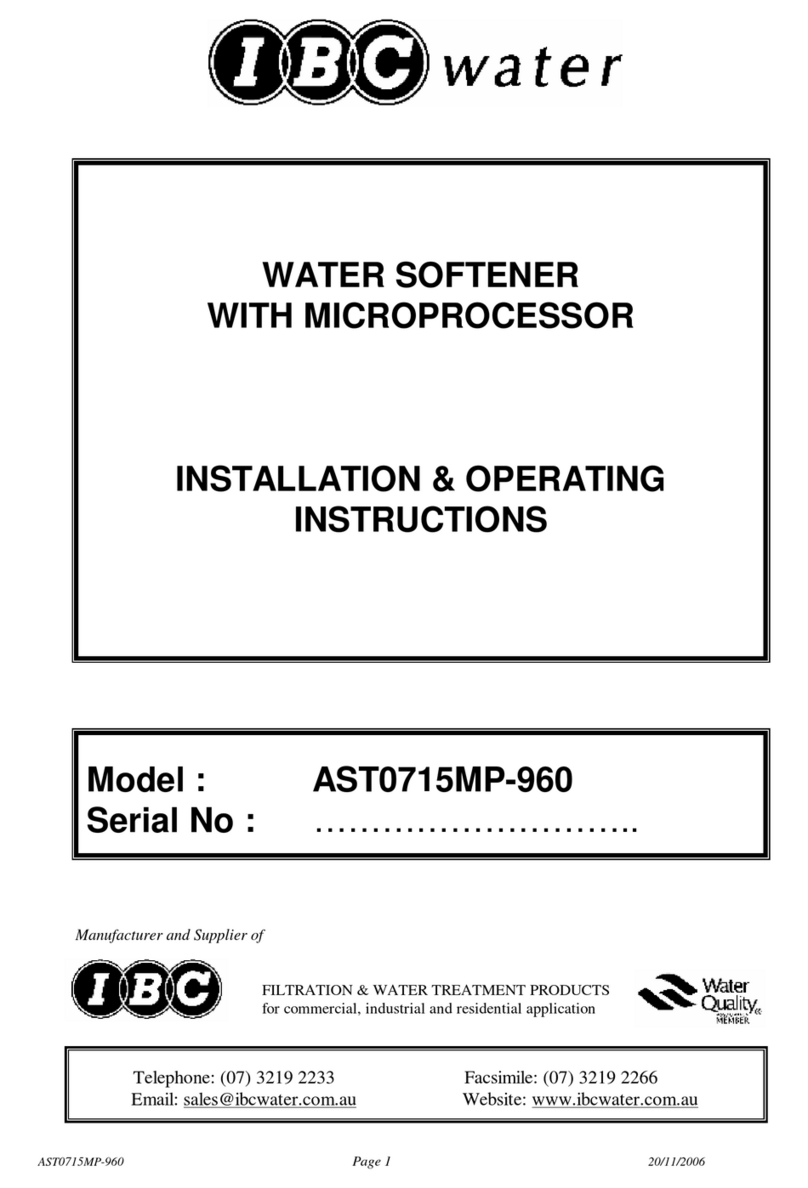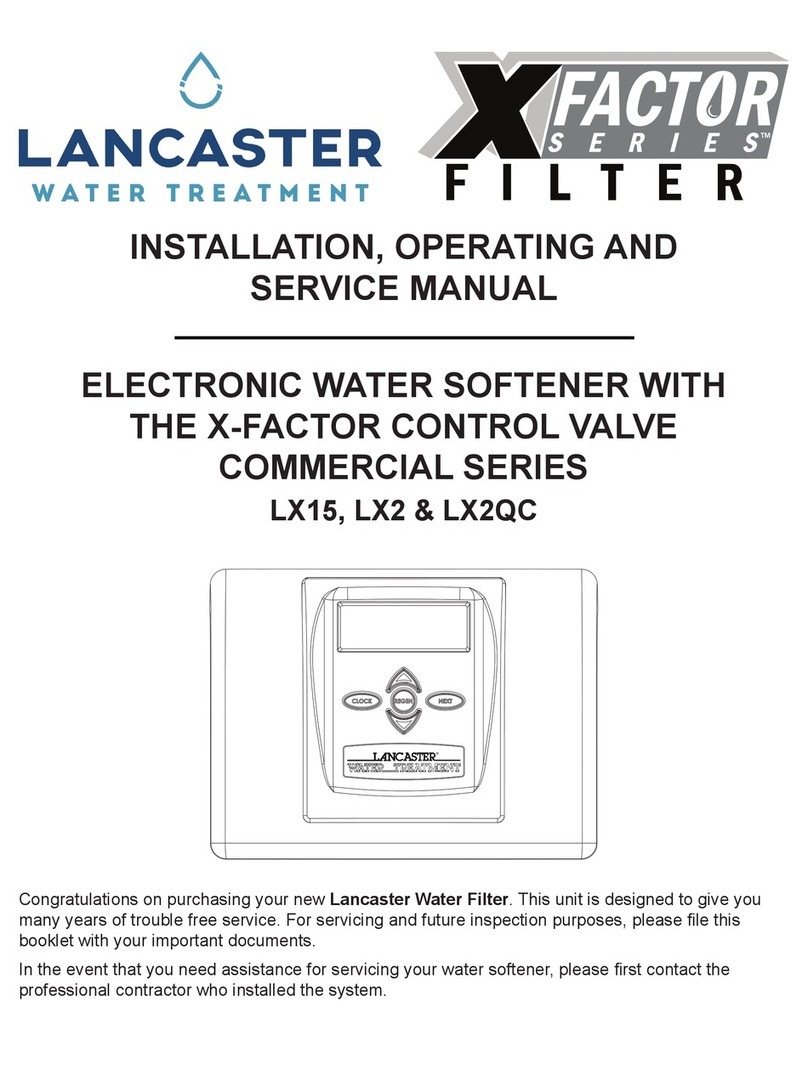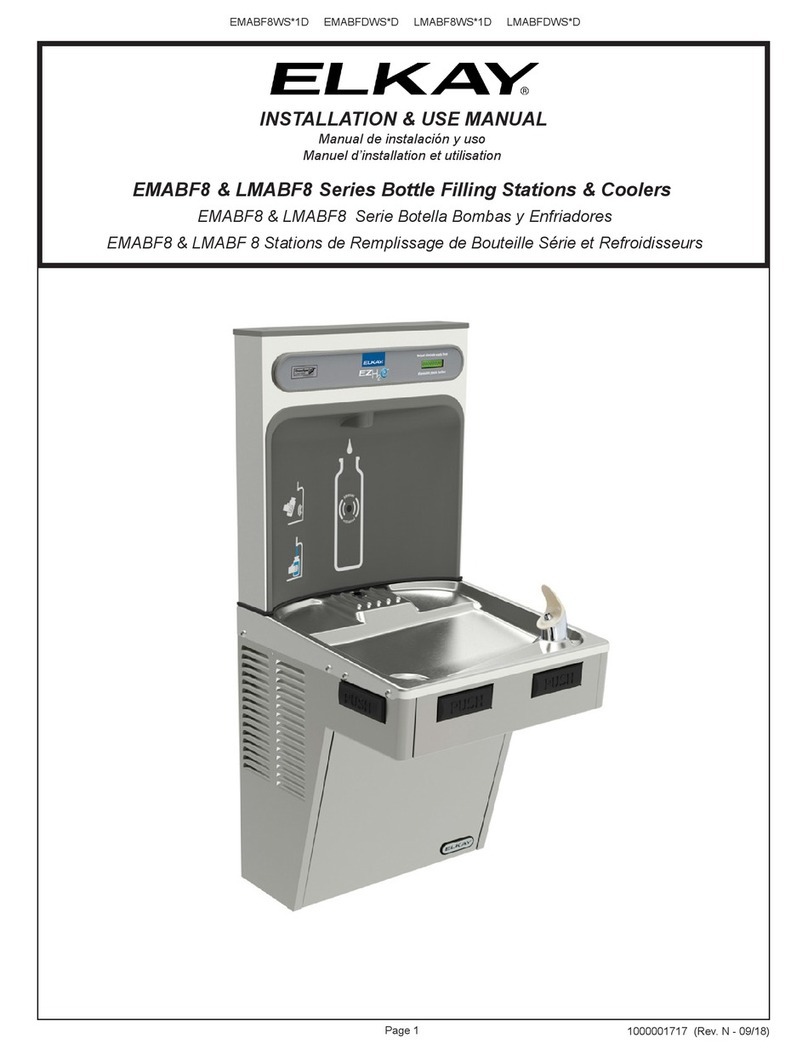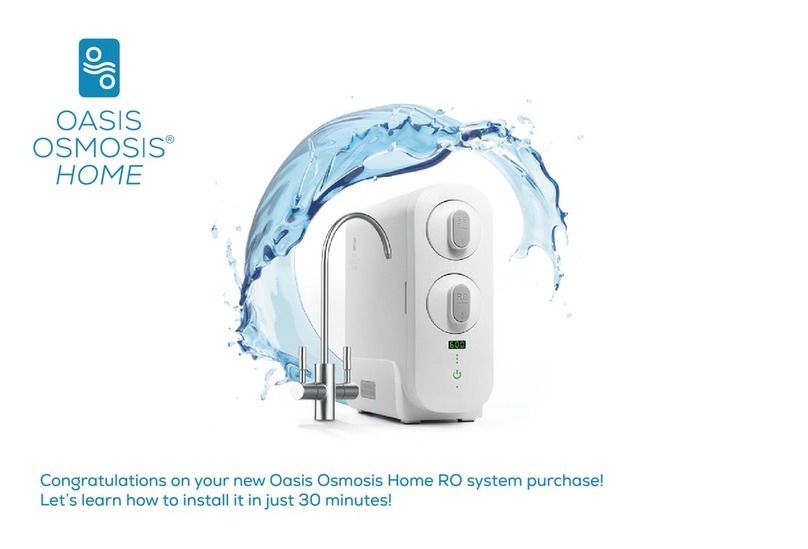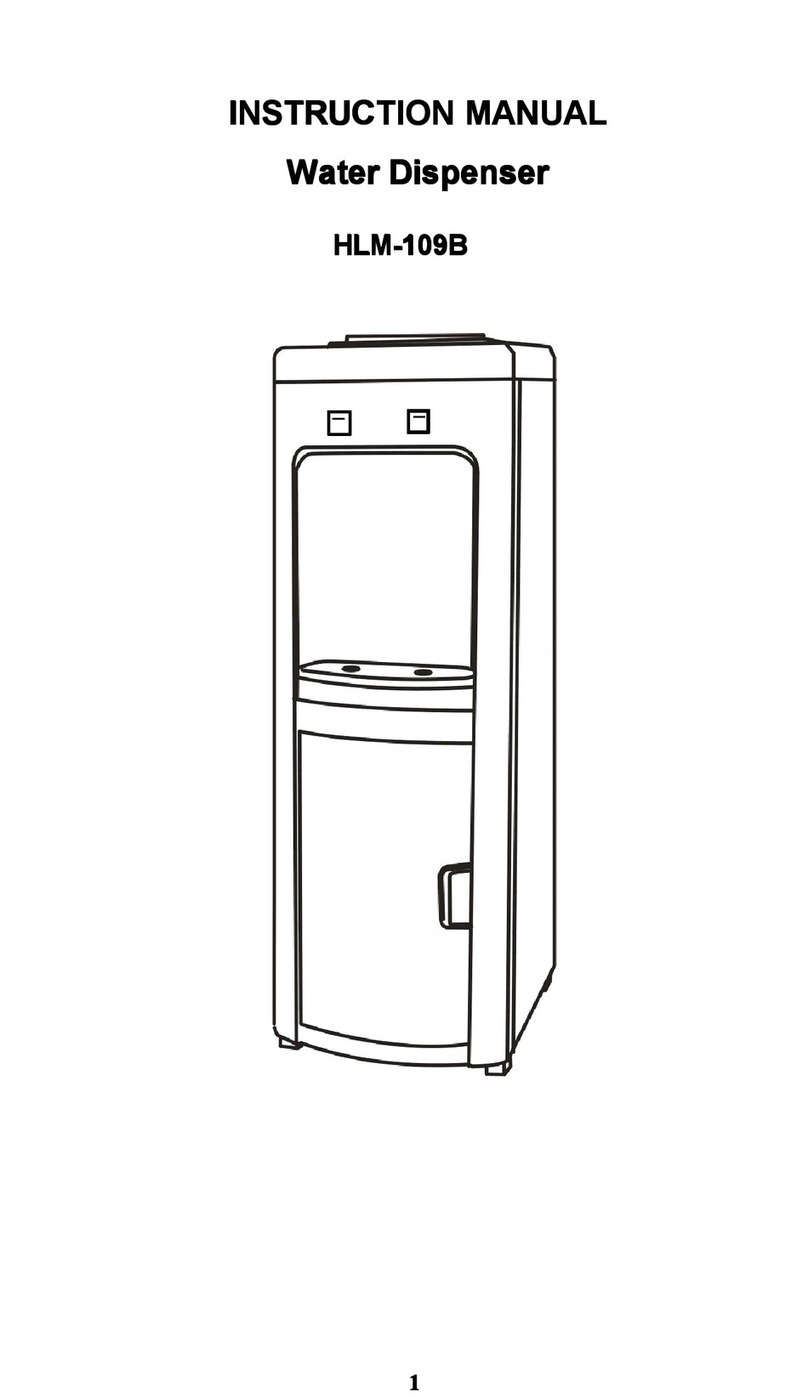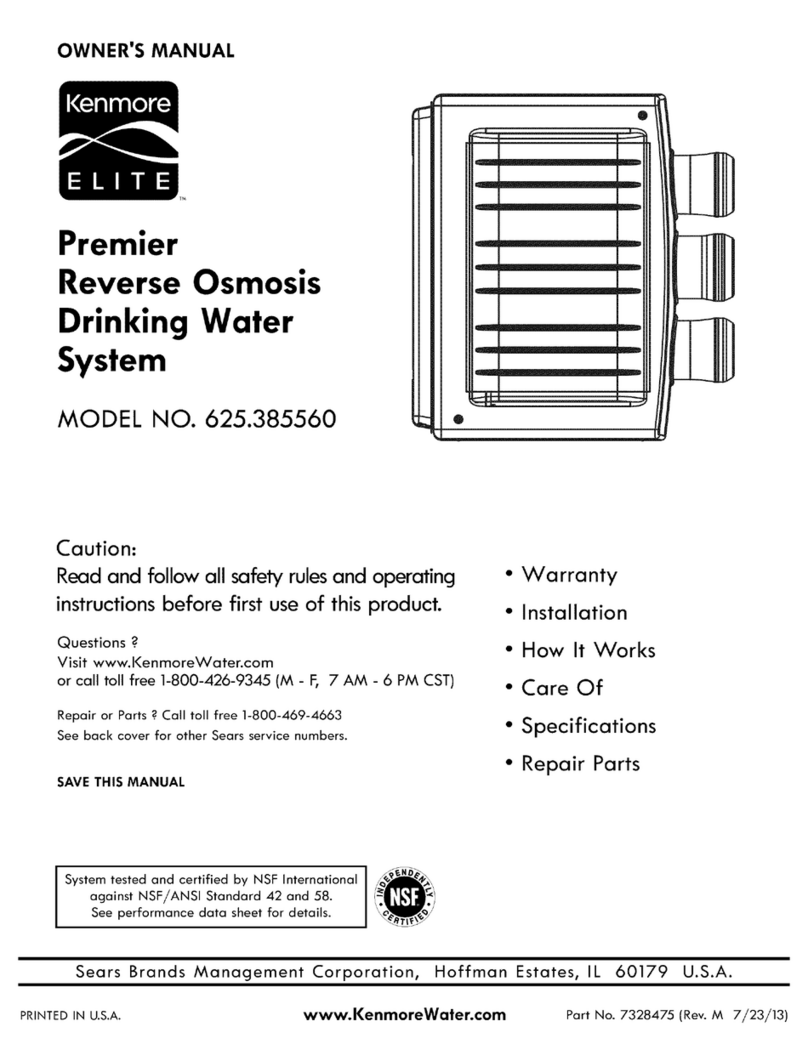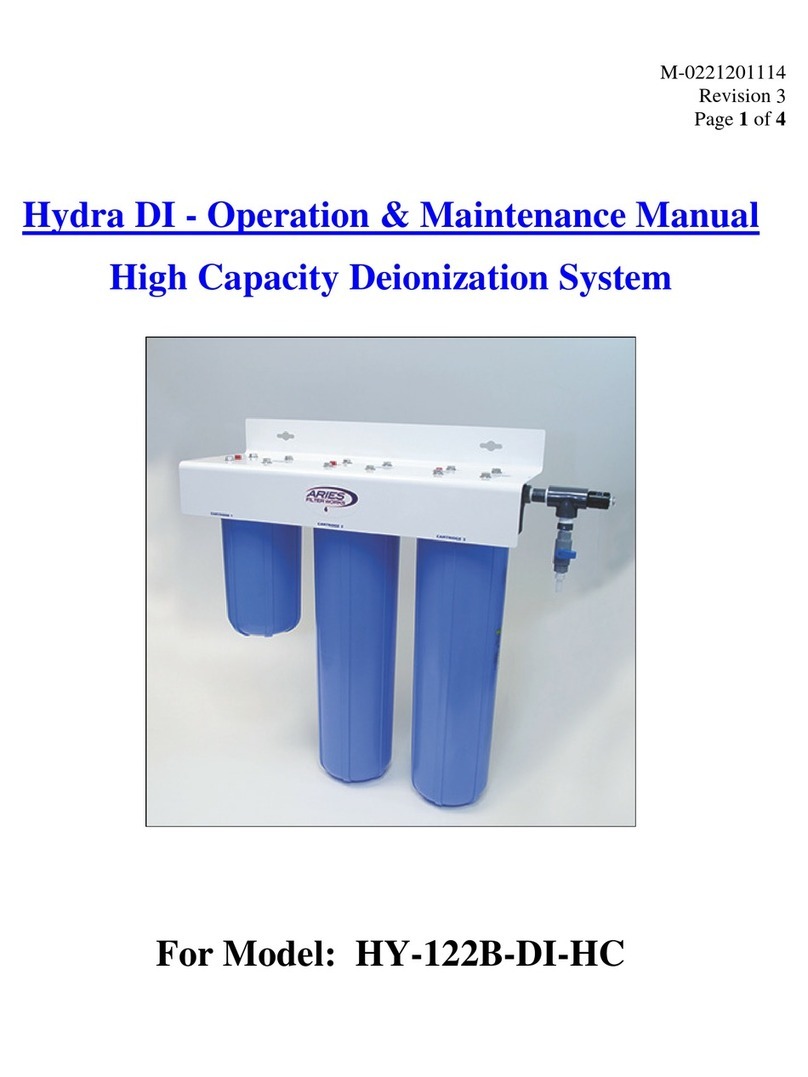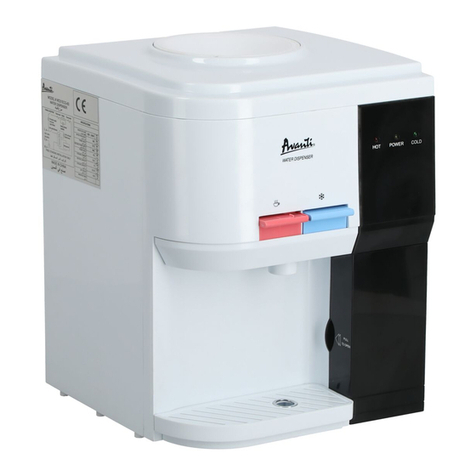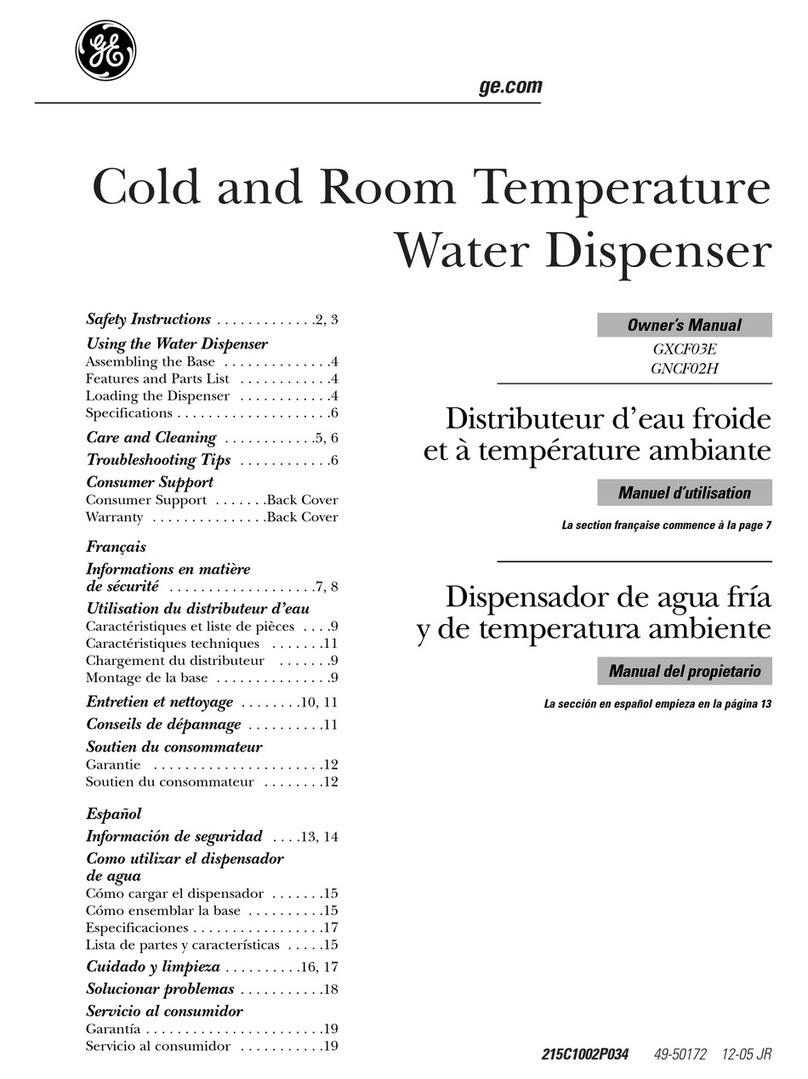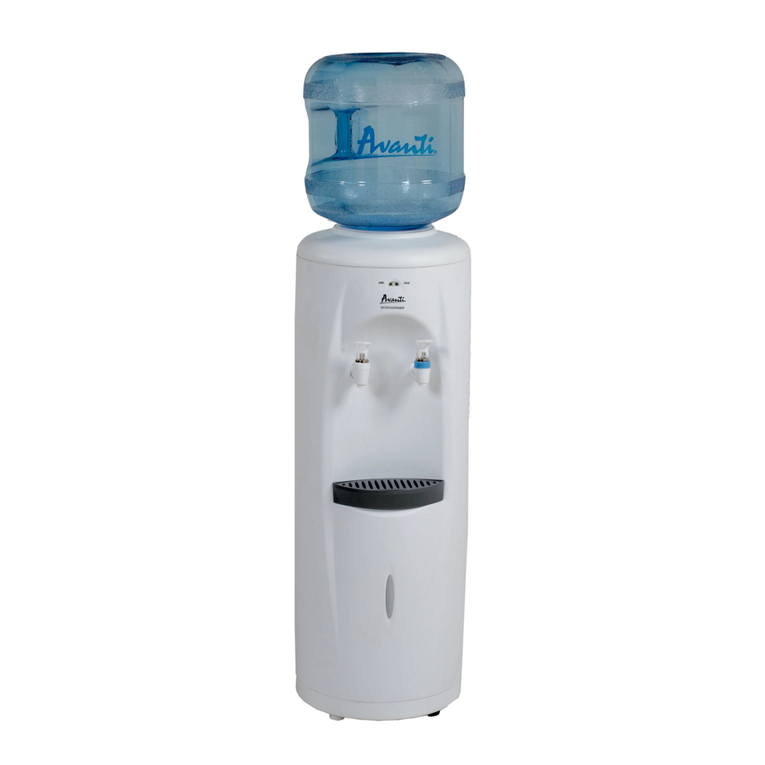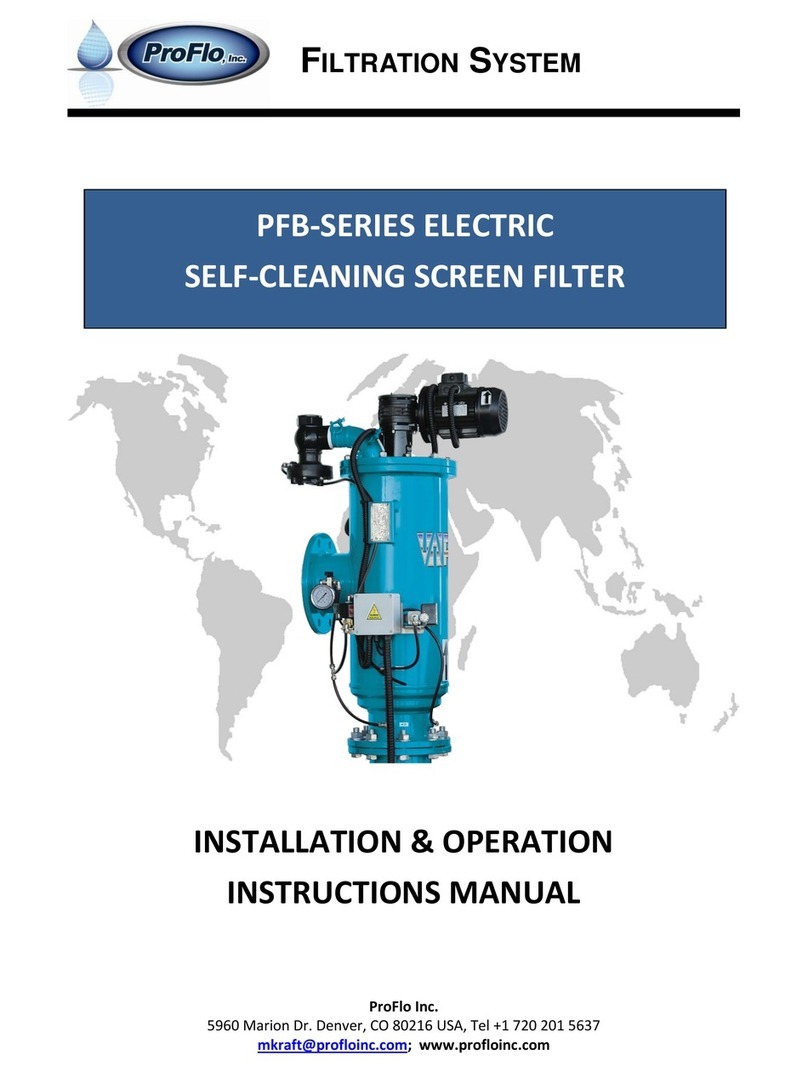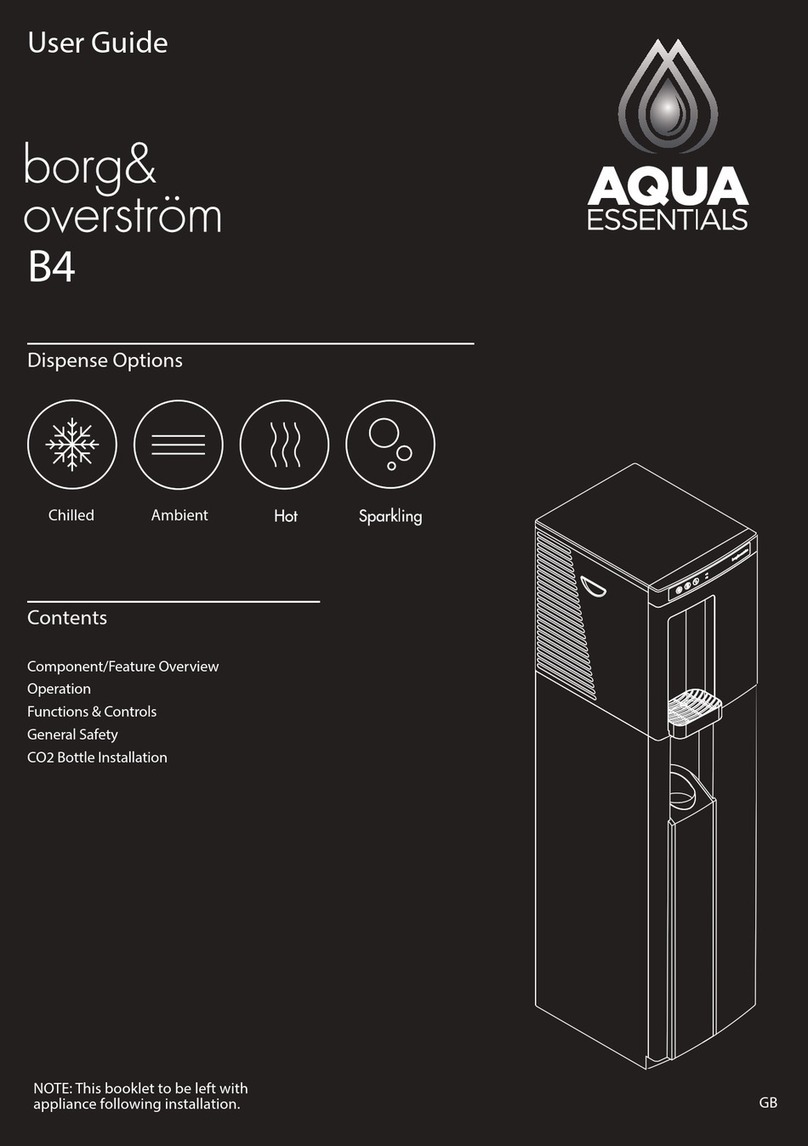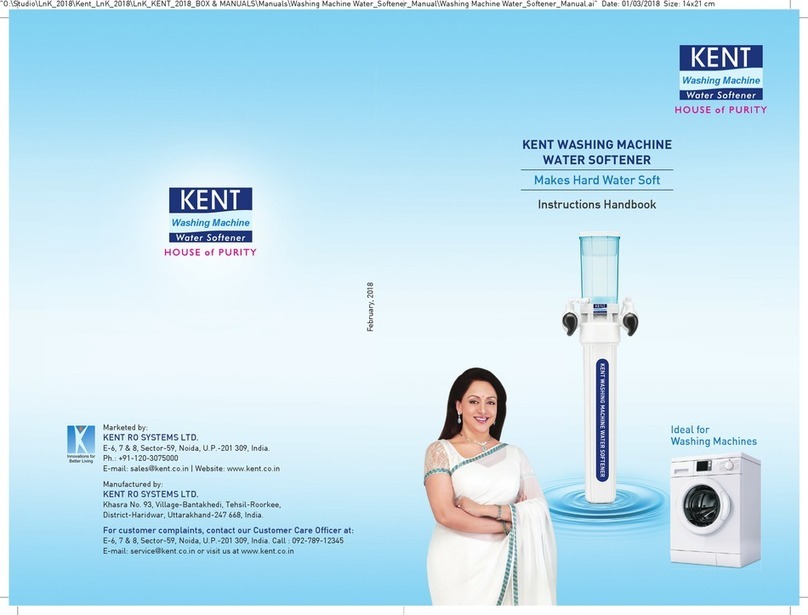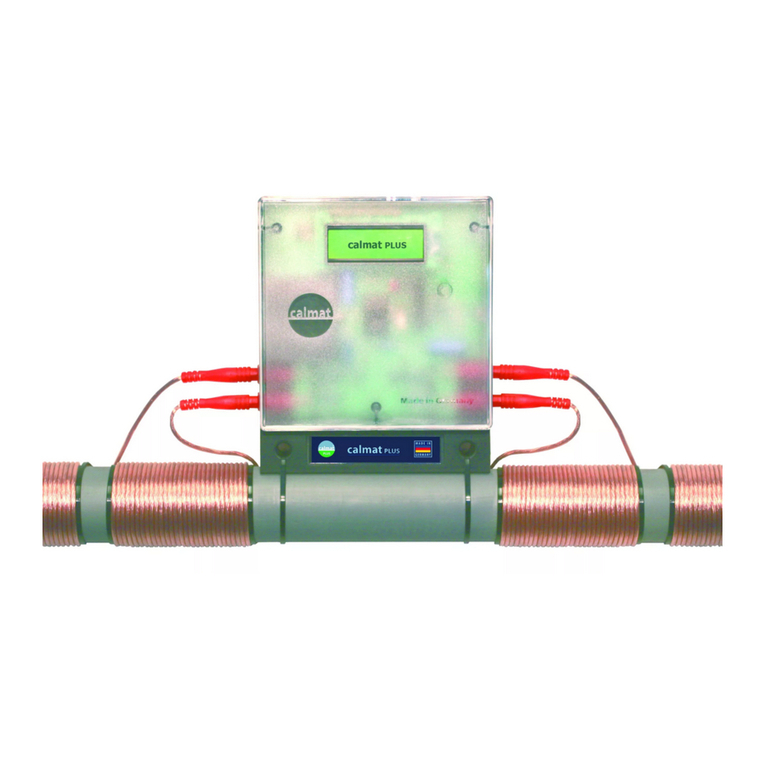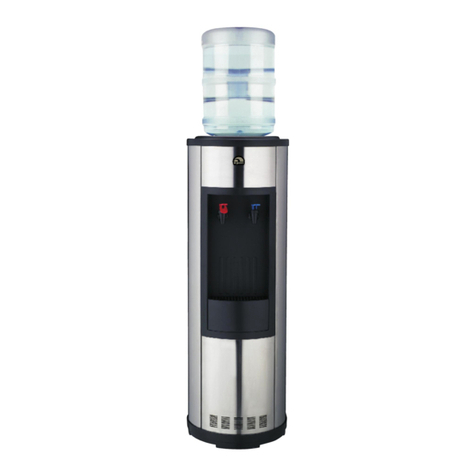Lifetime Products, LLC
9710 Klingerman St. | S. El Monte, CA 91733
Toll Free: 888-548-3480 | Local: 818-768-6943
customersupport@aquaticlife.com
www.aquaticlife.com
This warranty will not be effective unless and until the Aquatic Life
product is shown to have been used in accordance with the
installation and maintenance instructions accompanying the
product.
THIS CONSTITUTES LIFETIME PRODUCTS ENTIRE WARRANTY
AND LIFETIME PRODUCTS MAKES NO OTHER WARRANTIES,
WHETHER EXPRESS OR IMPLIED, WITH RESPECT TO THE
PRODUCT. LIFETIME PRODUCTS, LLC SPECIFICALLY
DISCLAIMS ANY AND ALL IMPLIED WARRANTIES, INCLUDING,
WITHOUT LIMITATION, WARRANTIES OF MERCHANTABILITY
AND FITNESS FOR A PARTICULAR PURPOSE. IF LIFETIME
PRODUCTS, LLC CANNOT LAWFULLY DISCLAIM IMPLIED
WARRANTIES UNDER THIS LIMITED WARRANTY, ALL SUCH
WARRANTIES, INCLUDING WARRANTIES OF
MERCHANTABILITY AND FITNESS FOR A PARTICULAR
PURPOSE ARE LIMITED IN DURATION TO THE DURATION OF
THIS WARRANTY.
LIFETIME PRODUCTS IS NOT RESPONSIBLE FOR DIRECT,
SPECIAL, INCIDENTAL OR CONSEQUENTIAL DAMAGES
RESULTING FROM ANY BREACH OF WARRANTY OR
CONDITION, OR UNDER ANY OTHER LEGAL THEORY. LIFETIME
PRODUCTS, LLC EXPRESSLY DISCLAIMS ALL ALLEGED
DAMAGES FOR LOSS OF MARINE LIFE, PERSONAL INJURY,
AND/OR PROPERTY DAMAGE.
Some states and provinces do not allow the exclusion or limitation
of incidental or consequential damages or exclusions or limitations
on the duration of implied warranties or conditions, so the above
limitations or exclusions may not apply to you. This warranty gives
you specific legal rights, and you may also have other rights that
vary by state or province.
Lifetime Products, LLC shall not have any obligations under this
warranty unless the owner notifies Lifetime Products, LLC in
writing of any alleged defect(s) within 30 days of discovery of
the defect(s).
Any notice to Lifetime Products, LLC must be delivered by United
States or electronic mail to the following address: U.S. Mail:
Lifetime Products, LLC, 9710 Klingerman St., S. El Monte, CA 91733
or electronic mail: customersupport@aquaticlife.com. Lifetime
Products shall be allowed a reasonable period of time to
investigate any warranty claim and to perform any testing Lifetime
Products deems necessary to determine the cause of the defect.
This warranty shall be interpreted under the laws of the State of
California.
Rev. 04-13-16
THREE YEAR LIMITED WARRANTY
Lifetime Products LLC warrants that this Reverse Osmosis /
Deionization Unit (excluding cartridges and membrane) shall
be free from defective components and leaks or cracks due to
defects in materials or workmanship for a period of three (3)
years from the date of purchase. If a defect is shown, Lifetime
Products LLC will, at Lifetime Product’s sole discretion, either
repair or replace the product without charge. No cash refunds
will be made. This warranty is provided solely to the original
consumer purchaser of the product and may not be transferred
or assigned. If Lifetime Products chooses to replace the
equipment, Lifetime Products may replace it with reconditioned
equipment. Parts used in repairing or replacing the equipment
will be warranted for 90 days from the date the equipment is
returned to you or the remainder of the original warranty period,
whichever is longer.
This warranty does not apply to damage resulting from accident,
misuse, abuse, lack of reasonable care, failure to follow safety
and installation instructions.
This warranty will be void if defects occur due to failure to
observe the following conditions:
The Aquatic Life TI Unit should only be connected to a potable
municipal or potable well cold water supply.
Do not use with water that is of unknown quality without
adequate disinfection before or after the unit.
• Incoming Total Dissolved Solids (TDS)
not to exceed 1,800 ppm.
• Incoming water to the RO
cannot exceed 100°F.
• Incoming water pressure must be
between 40 and 80 PSI.
• Incoming water pH must not be
lower than 2 or higher than 11.
• Incoming water iron content must be
less than 0.2 ppm.
• Incoming water hardness must not exceed
10 grains per gallon or 170 ppm.
• Do not use outdoors or in a location that
is subjected to direct sunlight or freezing.
